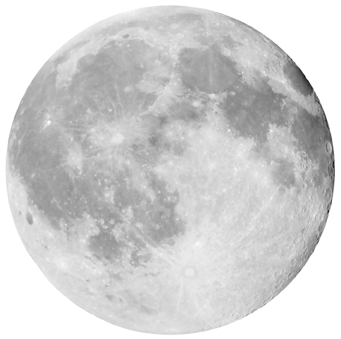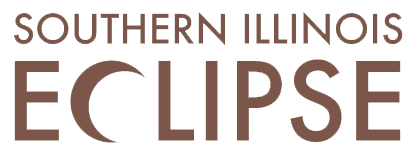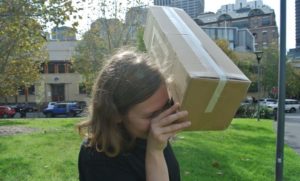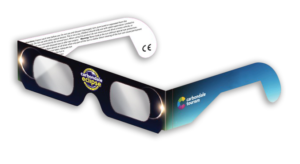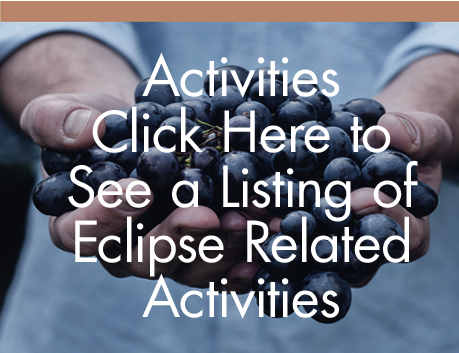Ensuring your Safety
Attending large events can be fun and exciting but you must ensure that you are taking safety precautions. The eclipse will draw thousands of people to Southern Illinois and just like any event of this magnitude, many areas can become crowded. Below is a list of things to keep in mind to ensure you and your families safety.
- Do not bring your personal valuables.
- Be aware of your surroundings. Know where you’re going and who’s around you.
- Bring allergy and any required medication with a first aid kit. Being in a new environment can often trigger the unknown.
- Sunscreen and bug spray are your friends. Be sure to reapply as needed and/or required.
- Stay hydrated but don’t leave your drink unattended. Even soft drinks can be spiked.
- Be conscious of your clothing to avoid heat exhaustion, layers can help cool you when needed.
- Bring a portable charger to ensure your mobile is charged on a daily basis.
- Follow well-lit paths at night. Do not venture into darker, quieter areas, you can explore in the daylight.
- Organize a meeting point with your friends and family of where you will be three times a day (e.g. 2pm, 6pm, and 1am) in case you get split up.
- Bring only the cash and cards you need. Make a note of your bank’s emergency number to call if your cards are stolen. Note, not all nationally recognized banks are located in Southern Illinois.
- Report any incident, even near misses, as soon as possible. You may save someone else.
Eye Safety
The most important aspect of the Total Solar Eclipse is viewing it. The sun emits ultraviolet (UV) radiation which can harmfully damage your eyes without proper protection.To avoid ultimately going blind take the following special precautions.
DO:
- Wear Eclipse Glasses
- Use a welder’s glass with a grade of 14
- Use a Pinhole Projection method
- Solar telescopic viewing
DON’T:
- Wear sunglasses for viewing
- Wear Eclipse Glasses to view through an unfiltered telescope
If you’re planning on observing the 2024 solar eclipse, stay safe with these eclipse viewing tips from NASA.
